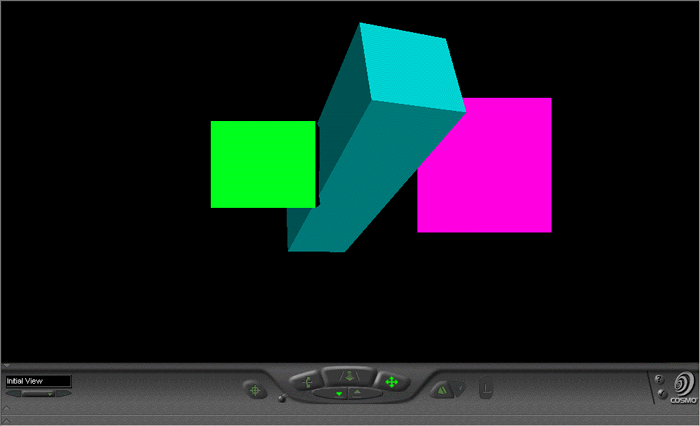
Silicon Graphics and the VRML community led the VRML specification to another level by introducing Moving Worlds specification .Moving Worlds is an open, platform-independent specification for dynamic 3D environments on the Internet. Silicon Graphics led the development of Moving Worlds in cooperation with Sony, WorldMaker and other members of the VRML community. Moving Worlds maintains VRML's conformance to open standards and leverages JavaTM and JavaScriptTM to create behaviors, motion, and interactions. It also enables third-party Plug-Ins to be used unmodified, adding useful 3D capabilities to Web-based database, design and other real-world applications.
Moving worlds is designed for heterogeneous computing environments . It found wide acceptance among the Web Community and was soon embraced as a standard for next generation file format for VRML 2.0 . Due to the user feedback from people implementing VRML 1.0 that " the scene graph and the property inheritance make the implementation unnecessarily complex as opposed to the much simpler "rendering state model" in graphic libraries like IRIS PERFORMER., REALITY LAB , VRML addresses these basic problems.
To make the VRML 2.0 standard with
low-memory and high performance , the Moving Worlds 2.0 proposal makes
two major changes to the basic structure of node heirarchy :
Here is an example which demostrates the powerful features of VRML 2.0 sample2.wrl
